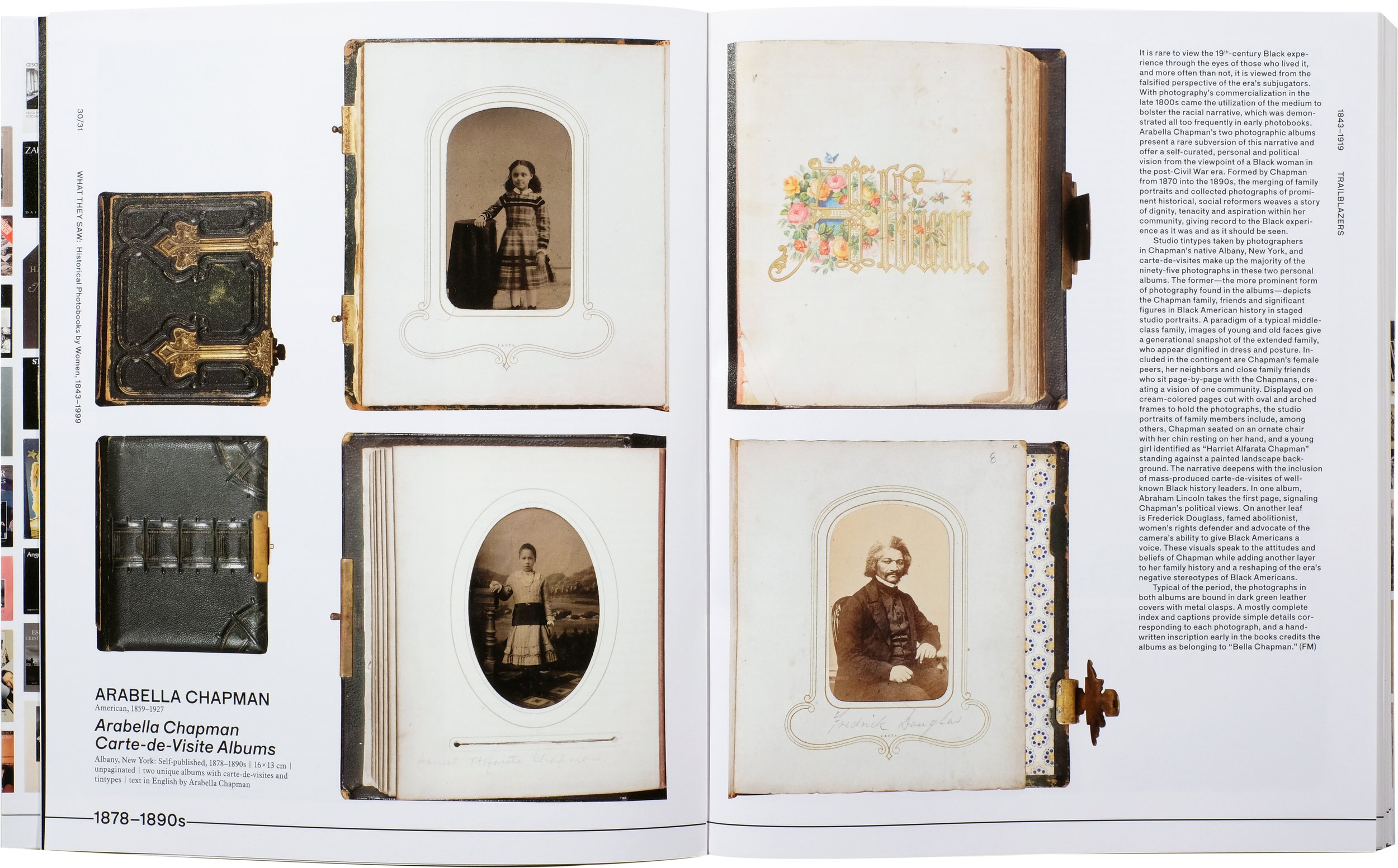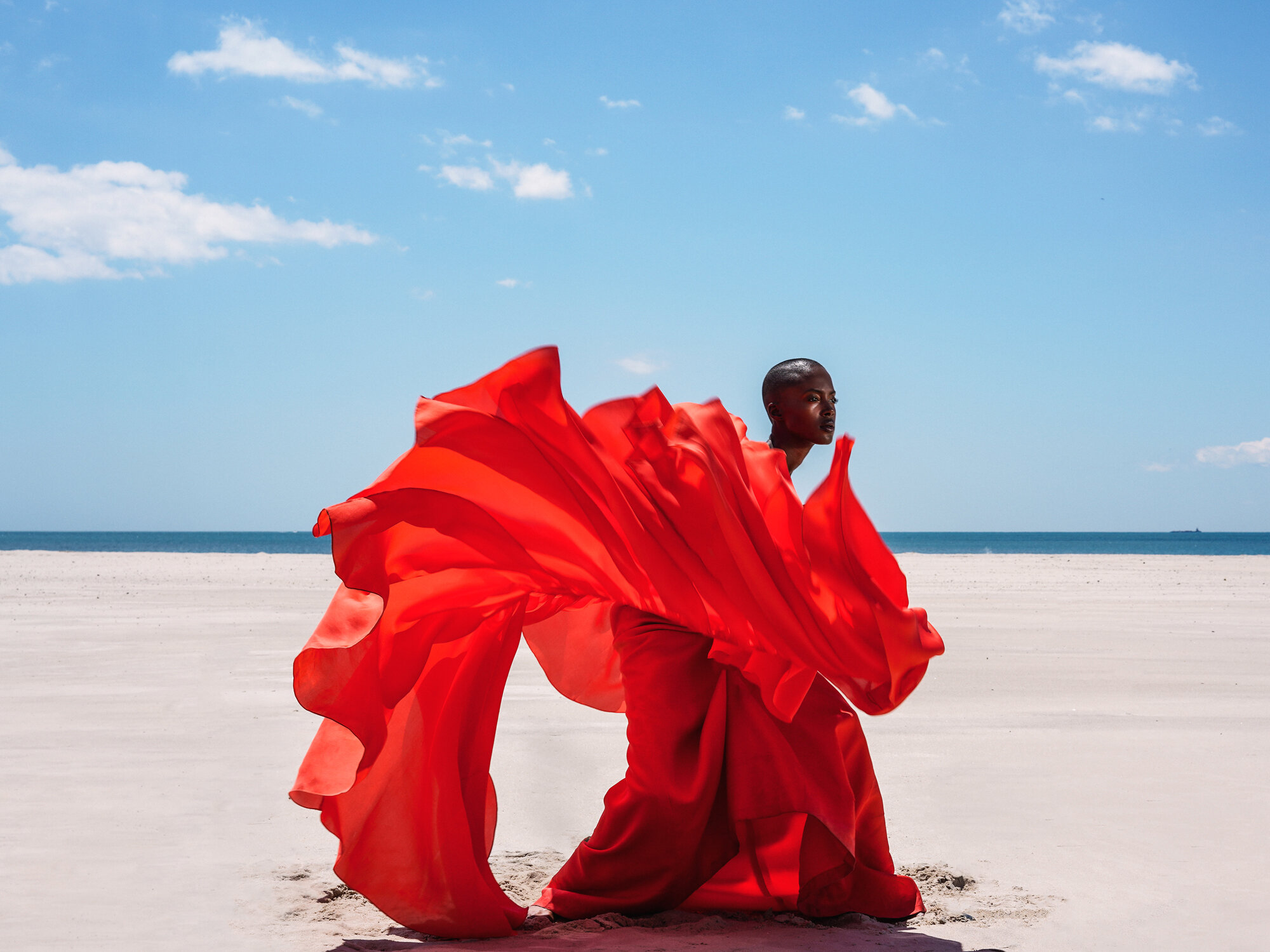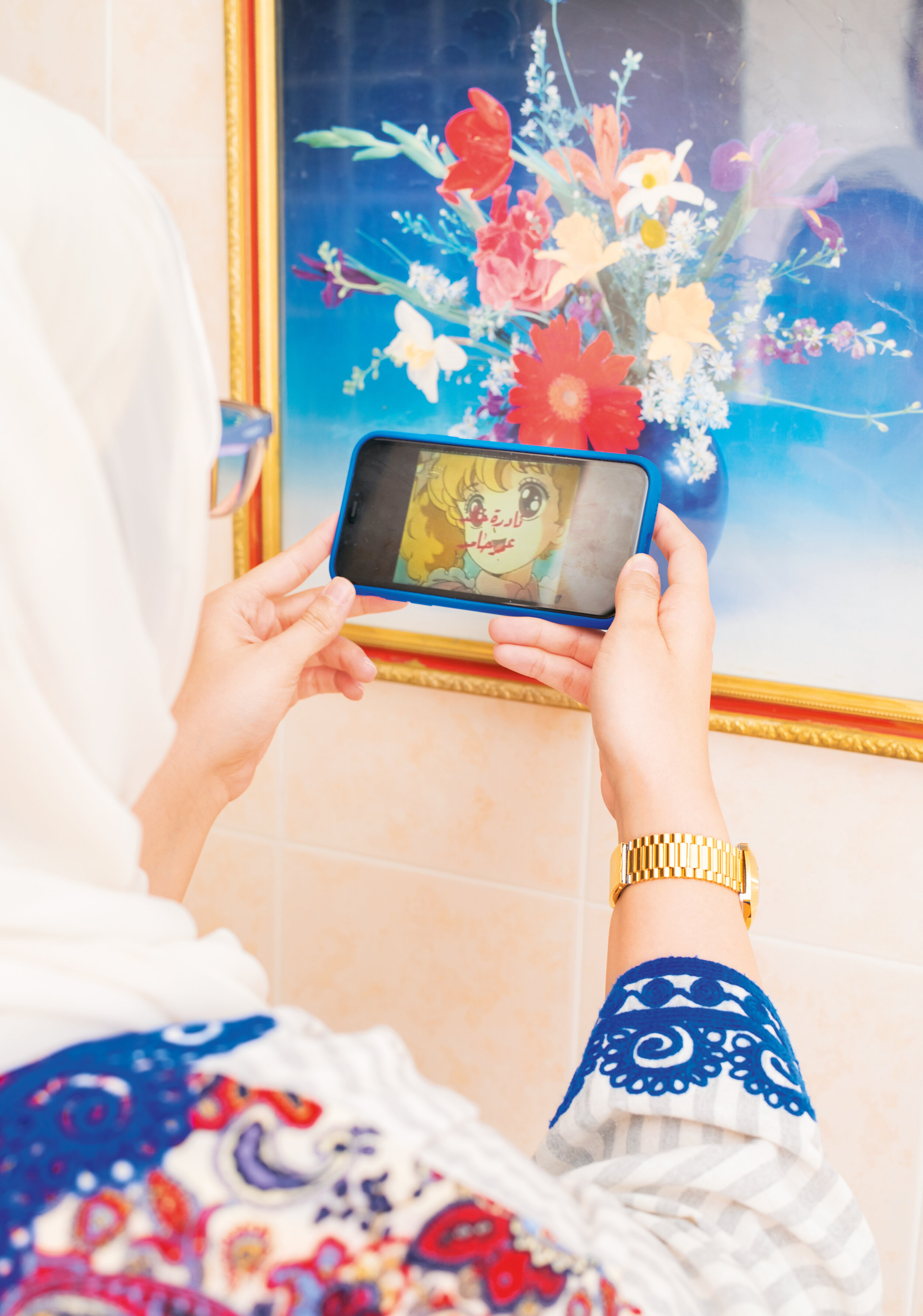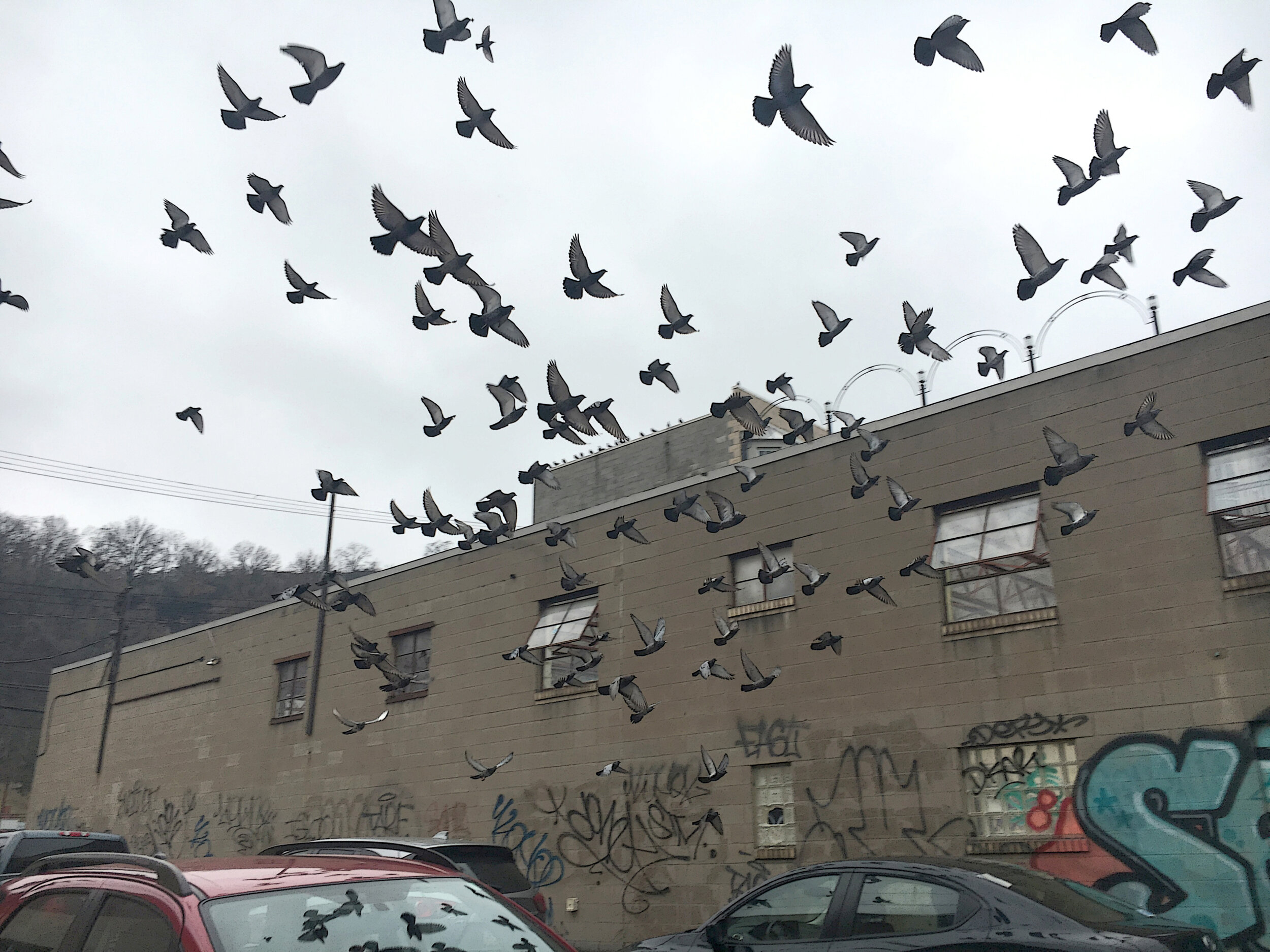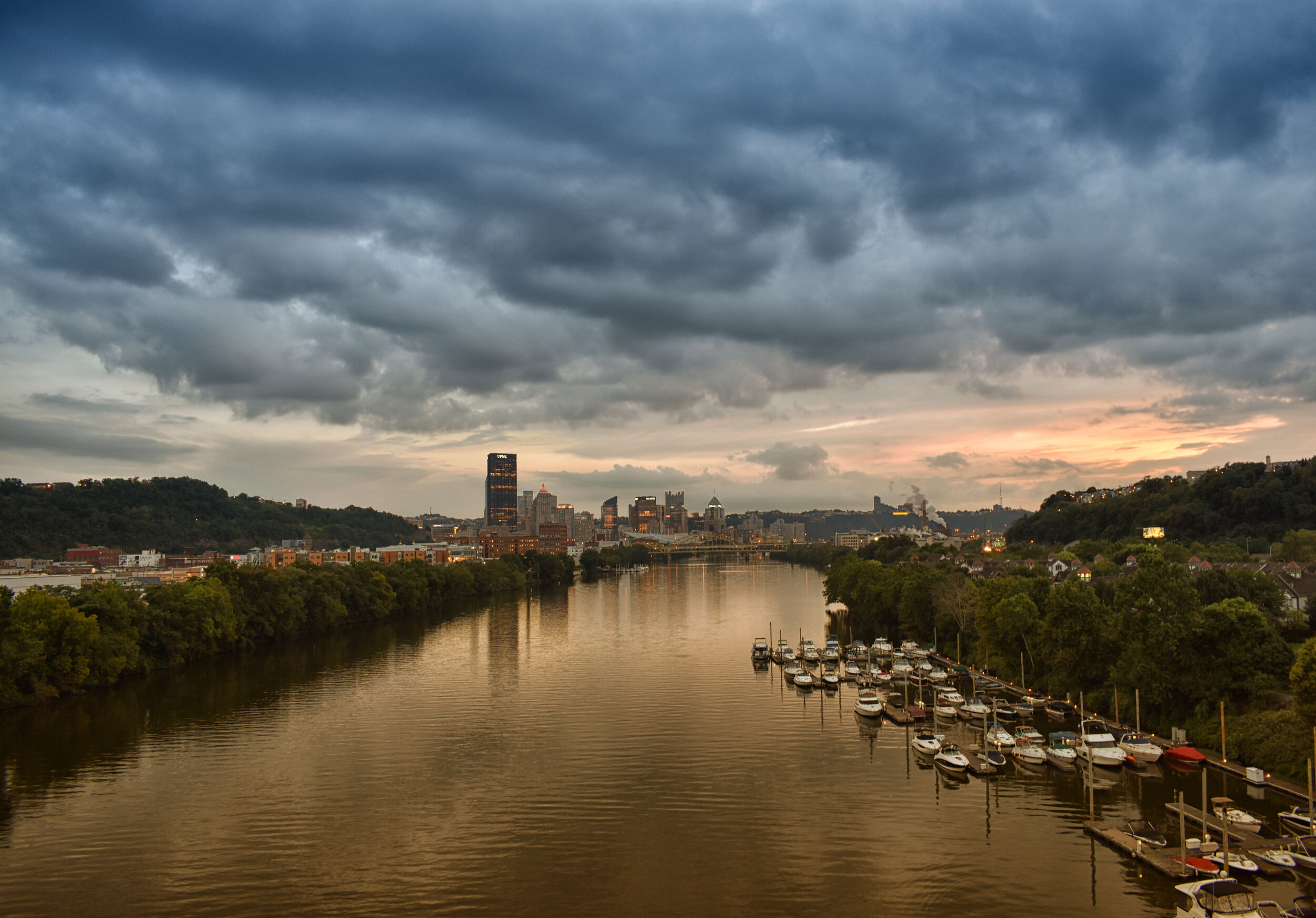Dana Scruggs, Fire on the Beach, 2019, from The New Black Vanguard (Aperture, 2019)
Thinking about Aperture’s beginnings, it perhaps initially reached a limited group of photographers, editors, and educators. Over many decades since, its audience has grown into a global community of readers interested in images, culture, and society. How do you personally critically reflect on who the audiences of Aperture are and should be? And what are your hopes for how Aperture can best serve the photography community today?
Well, one of the things I loved before I even applied for the job, I was working on Fotoclubismo and thinking about this post war moment. And reading Peter Bunnell’s edited book about the Minor White years at Aperture, which is an extraordinary resource. I looked at it for the Dorothea Lange Words and Pictures exhibition, and I returned to it often. So, by the time they called me to interview, all of this was at the very front of my mind because Aperture was singularly important in framing things that we have come to accept. Well, it was singularly important in a way that has maybe become oversimplified in time, but what I loved is that as I was looking back, that diverse audience was present from the very beginning. So, in the second editorial of Aperture magazine, Melton Ferris, one of the lesser-known founders of the magazine, wrote: ‘Aperture draws no editorial boundaries between the professional and the amateur, the pictorialist and the documentarian, the journalist and the scholar’. And I thought to myself, wow, what a remarkable declaration of ambition for a magazine. And wouldn’t it be great if, instead of trying to create hierarchies and structure, we went back to that and really embraced the idea of an audience for photography that encompasses everyone who holds a camera in their back pocket? And so, I think Aperture’s history points to this direction in some ways, and that aligns philosophically and ethically with where I think the medium is and can be.
One of the many things I admired during your tenure at MoMA was your Seeing Through Photographs course, which was a landmark in bringing educational access to photography collections in such an accessible way. I think you reached some 375,000 learners. How has that experience informed your ideas for how Aperture’s digital programs could evolve in the future?
Well, that course and that experience engaging with those learners, I’m forever grateful to Seeing Through Photographs. What I brought to that was how much I love thinking about photographs in the world today. And what all those learners brought was a consciousness in my mind of how much broader that interest is. And, on some level, the example of that course, I think, led me to Aperture because Aperture wants to and can be a point of connection for anyone interested in photography.
And so, in terms of digital programming, we continue to think about how Aperture’s website can reach broader audiences. One of the new initiatives that we’re going to be doing, that on some level was inspired by Seeing Through Photographs, is we’re going to start an Aperture photo book club. On some level, it emerged during COVID with all our online programming around photographs, but it is anchoring it within an appreciation of photography through photo books. And the principle is that if we gather a small number of people in let’s say, my living room, we’ll talk about images and ideas and words and pictures and design and circulation, and all the things that fascinate me about photography. And if we do this, with artists and designers and editors and writers - we are opening up possibilities for understanding for that very audience. And then, of course, they carry it through not only in their enjoyment of that particular book that they might be holding on their lap at home, as we’re discussing it – it’s physical accessibility, not just an intellectual one.
Teju Cole has a beautiful piece in The Guardian from 2020, where he says that to enjoy photographs online is like a facsimile of the original. It’s like instant coffee or artificial flowers, or frozen pizza. And yet, a photo book is an actual physical enjoyment in the privacy of your own home. Meaning that museums are one way of doing it, but a photo book is another, once you help people understand its functions – for example, what do the head and tail bands mean? What do the end papers do? How do you understand how the titles live with respect to the images? This is an educational opportunity really that people can carry forward to other books and other places.
And so, I’ll also say that Seeing Through Photographs showed me how difficult it is to develop an online course. So, I’m not sure that that is going to be the best model for Aperture. But I think that the ethos of it and the principle of making ideas accessible through digital technologies to audiences around the world is something that we really want to attend to.
And so, my next question, Aperture’s magazine has a very distinctive identity, with each issue focused on a thought-provoking theme. And I wondered if you wanted to sustain that overall approach or whether you and colleagues are beginning to collaboratively explore new approaches to the content, form, and structure of the magazine?
Well, I have to say, I have such tremendous respect for Michael Famighetti, Brendan Embser, and Nicole Acheampong - and the magazine team is amazing. You know, the magazine is just tremendously important, and it has been since 1952. It is the heart of what Aperture does, and whether that’s for example, the Vision and Justice issue, that then blossoms into a series of books that we hope we’re doing with Sarah Lewis and Deb Willis, and Leigh Raiford - or the exhibition program and issue of the magazine. But there is, I think, a sense of if you are not specifically interested in the theme of a particular issue of the magazine, how can we make sure that there’s enough to sustain the interest of somebody who’s interested in photography writ large? And so, the one thing I asked Michael, Brendan, and Nicole to think through with me was, how can we build up the front and the back of the magazine? Not to disrupt the incredible things that they’re doing, but to say, how do we make sure that every issue of the magazine attends to this broad audience that I have in mind?
Obviously, the compelling photographs and the portfolios in an issue that respond to the theme, the amazing writers that they get, all of this can and should be undisturbed. But there are people for whom that isn’t a sufficient reason to subscribe to the magazine. We're even incorporating photo book reviews, which had been a twice annual ride along with the magazine, into the magazine itself to think what can we do to make every issue of the magazine speak to anyone with a serious interest in the medium. You’ll notice in the magazine’s upcoming issue, this will begin to take root, and it will blossom on from there. And I think what’s been wonderful is that I wouldn’t presume to tell Michael Famighetti what to do, but he has been marvelously responsive to this, and he wants to grow the subscriptions as well, and he wants this magazine to be in the hands of more people. And so, we’ve had a really good time thinking about how to protect all the great things they have done. For me, even as a curator, the magazine was an unbelievable resource. When I was working on Gordon Parks and the Atmosphere of Crime, I took Nicole Fleetwood’s Prison Nation issue like my textbook. We don’t want to do anything to disrupt that. But I do want to think about anyone who isn’t a subscriber, why not? It speaks to a sophisticated audience, and it should, but there are ways of helping encourage accessibility that we’re thinking about.
Aperture announced the 2021 photo book awards shortlist this morning, and I’ve been catching up with this news. And I wondered if you could give a few examples of favorite recent publications, which for you personally, have extended your expectations around what a photo book could be, in terms of form or approach?
First of all, I think all of the honorable mentions on that list are doing that because those are really expanding the form. I’ll also say, first of all, I was very careful not to interfere with the jury. I wouldn’t even let myself go up to the room where this was all happening because I didn’t want to influence anything. But for instance, Farah Al Qasimi’s book that Capricious published was one that I had ordered personally. Because I’m really interested in Farah's work and that idea of how an attentiveness to the commercial languages of photography can be understood in a very serious artistic context. But, one of the things I love about the submissions to that prize, in general, is what that tells about the vitality of the medium and about the ways in which photographers are probing how their photographs ought to exist on pages.
And when I was a juror, not this year, but the year before, I was so inspired by all that was happening in that field. It’s one expression of recognition of how photographs circulate in the world, for example, from Walker Evans American Photographs through to The Americans, and forwards - the ways in which photographs live on the printed page in books and magazines, and online, these are all an inseparable part of the medium.


